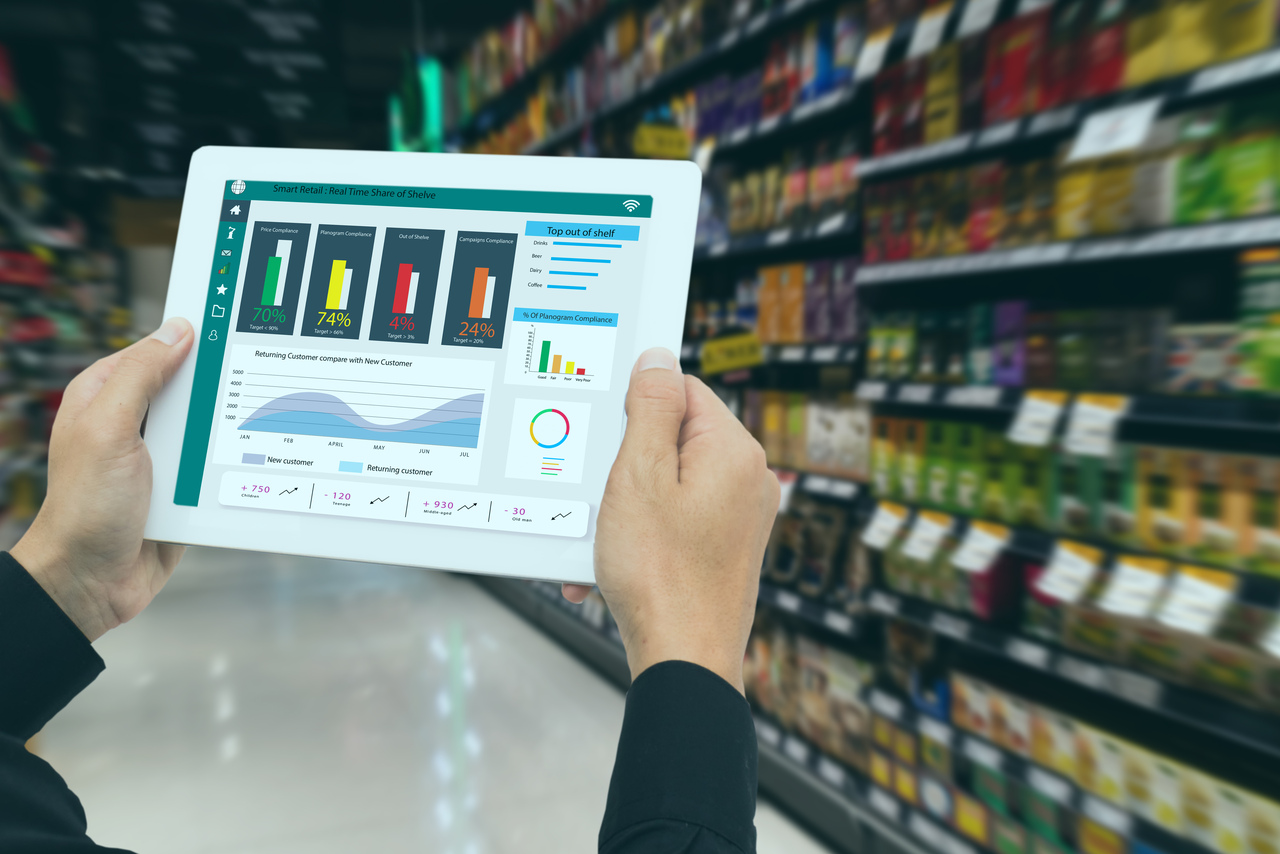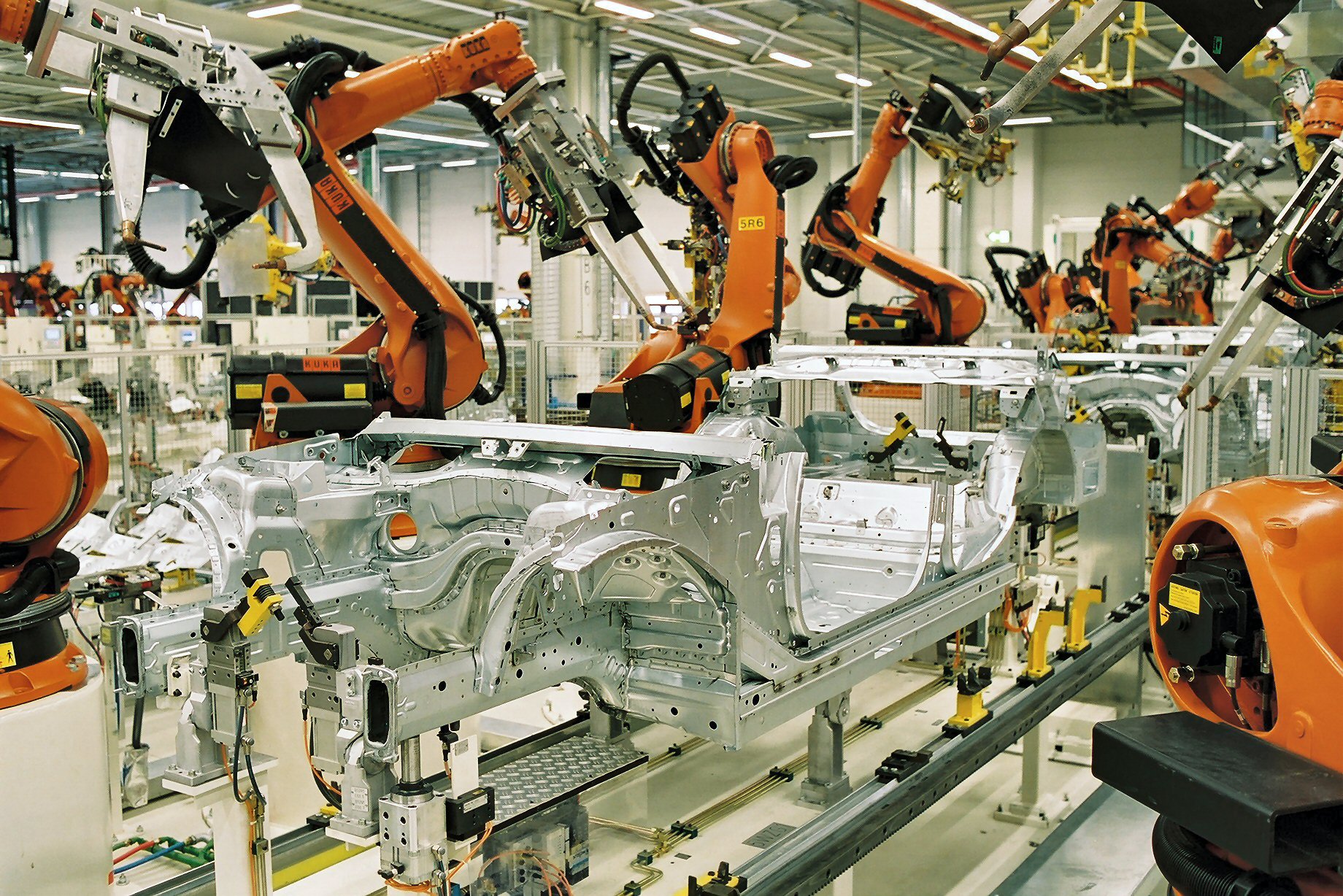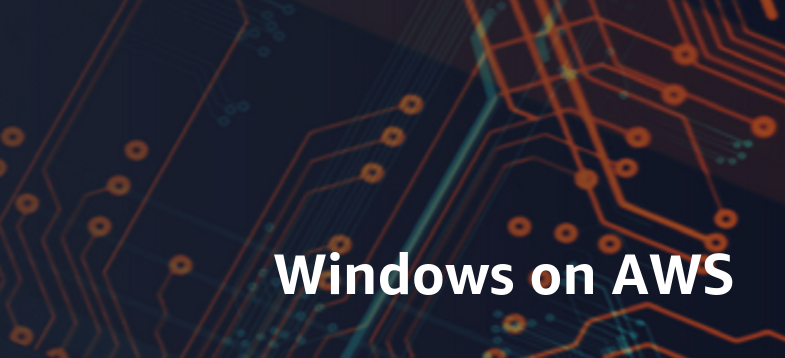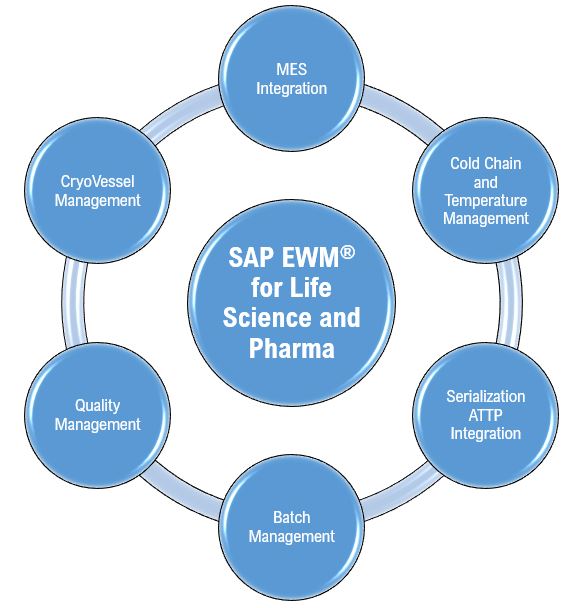Modernizing monolithic mainframe systems is crucial for enterprises in the IT industry. These systems are tightly coupled, which makes extracting and processing non-persistent data cumbersome. One of the biggest challenges faced by the enterprises is exposing data that is not available through traditional interface channels. This process demands significant time, effort, and modifications across multiple layers of mainframe applications.

As part of modernization service offerings, Infosys helps enterprises enable Representational State Transfer (REST) Application Programming Interfaces (APIs) for their mainframe assets. Our hybrid solution supports the creation of REST APIs using existing mainframe resources, eliminating the need for major changes. These APIs are hosted on a private cloud, ensuring efficient and secure data access. Figure 1 illustrates the shift from tightly coupled, multi-layered mainframe applications with skill gaps to hybrid solutions that enhance time to market, leverage cloud-based technologies, and integrate microservices.
Approach
Mainframe applications are traditionally monolithic and tightly coupled, making modifications both time-consuming and likely to impact multiple subsystems. Enterprises seeking modernization solutions must minimize changes to their core mainframe applications while gradually transitioning away from monolithic architecture.
A Hybrid REST integration approach effectively modernizes mainframe systems by:
- Minimizing changes and reusing existing mainframe assets by leveraging the current infrastructure and reducing the need for extensive modifications.
- Establishing a parallel channel for microservices workloads, thereby enabling a phased transition while preserving system stability.
Technologies like IBM z/OS Connect and OpenLegacy facilitate this integration by allowing enterprises to expose mainframe data and services via REST APIs. This approach ensures seamless interoperability between mainframe and distributed environments, enhancing agility, improving data accessibility, and future-proofing IT landscapes with minimal disruption.
Solution Breakdown
Modernizing mainframe systems requires a strategic approach that balances innovation with minimal disruption. A hybrid integration strategy enables enterprises to enhance their legacy systems while maintaining operational stability. The two key aspects of this approach are:
1. Minimal changes and reuse of existing assets
Both IBM z/OS Connect and OpenLegacy leverage existing mainframe assets, such as programs, stored procedures, and databases, to extract and expose data with minimal modifications. These solutions access program memory and transaction data from IBM’s Customer Information Control System (CICS), ensuring seamless integration while introducing minimal new components. This helps reduce complexity and risk.
When working with CICS assets, these solutions utilize existing web services capabilities, optimizing API development while preserving core functionalities. By efficiently reusing mainframe resources, enterprises can modernize their systems with minimal disruption and cost.
2. Parallel channel for microservices workload
Enterprises looking to enable REST APIs for their mainframe assets can start with a Proof of Concept (PoC) using a parallel channel approach. This strategy allows organizations to observe and monitor microservices workloads, enabling better planning for their modernization journey.
By cloning existing programs and assets, businesses can ensure that critical workloads remain unaffected. Establishing a parallel channel also facilitates result comparisons and supports a phased, well-planned migration to a microservices architecture.
REST API Integration with IBM z/OS Connect and OpenLegacy
By building REST APIs with mainframe assets as the backend, enterprises can expose mainframe data as microservices. Technologies such as IBM z/OS Connect and OpenLegacy streamline API development using existing mainframe assets, including (programs, CICS transaction server (CICS TS), IBM Information Management System database (IMS DB), CICS screens, and VSAM files. Hosting these services in the cloud enhances scalability, simplifies management, and improves accessibility.
1. IBM z/OS Connect integration pattern for REST APIs
IBM z/OS Connect supports various mainframe assets including IMS DB, IBM Db2, CICS programs, and IBM Message Queue (IBM MQ), as backends for REST API development. Figure 2 illustrates how REST APIs interact with mainframe applications through IBM z/OS Connect.

2. OpenLegacy integration pattern for REST APIs
OpenLegacy integrates with mainframe assets through its adapter/connector approach. Adapters, installed within the mainframe environment, facilitate seamless integration with OpenLegacy connectors for REST API development. Some widely used OpenLegacy connectors include CICS connector, IBM AS/400 connector, Database Connector, and Mainframe screens connector.
With approximately 30 connectors available, OpenLegacy facilitates API development across a wide range of mainframe assets. One of the key differentiators is automated API-building, which speeds up modernization and sets it apart from competitors. Figure 3 illustrates how OpenLegacy’s Database and CICS connectors enable REST API integration. These connectors support seamless deployment of REST API applications in cloud environments, improving scalability and flexibility.

Case Study: Modernization for a US Insurance Client
A leading US insurance company partnered with us to modernize their legacy mainframe applications. We designed and implemented a hybrid solution featuring over 60 REST APIs across 11 administrative applications. The solution enabled real-time data access via Amazon Web Services (AWS) cloud. It streamlined data retrieval and eliminated three middleware layers, resulting in a more efficient omnichannel data transfer framework between the mainframe and distributed platforms.
Final Thoughts
Enterprises seeking to modernize their mainframe systems can benefit from a hybrid approach that minimizes disruption while accelerating digital transformation. By establishing parallel channels and integrating microservices, organizations can transition in a flexible, phased manner while maintaining business continuity.
This strategy allows businesses to retain critical mainframe functionalities while gradually adopting microservices tailored to meet evolving business needs. By leveraging the stability of monolithic systems alongside the agility of microservices, enterprises can modernize at their own pace, ensuring long-term efficiency and scalability. To begin their modernization journey, organizations can start with a PoC, allowing them to evaluate the hybrid approach before full-scale adoption.








